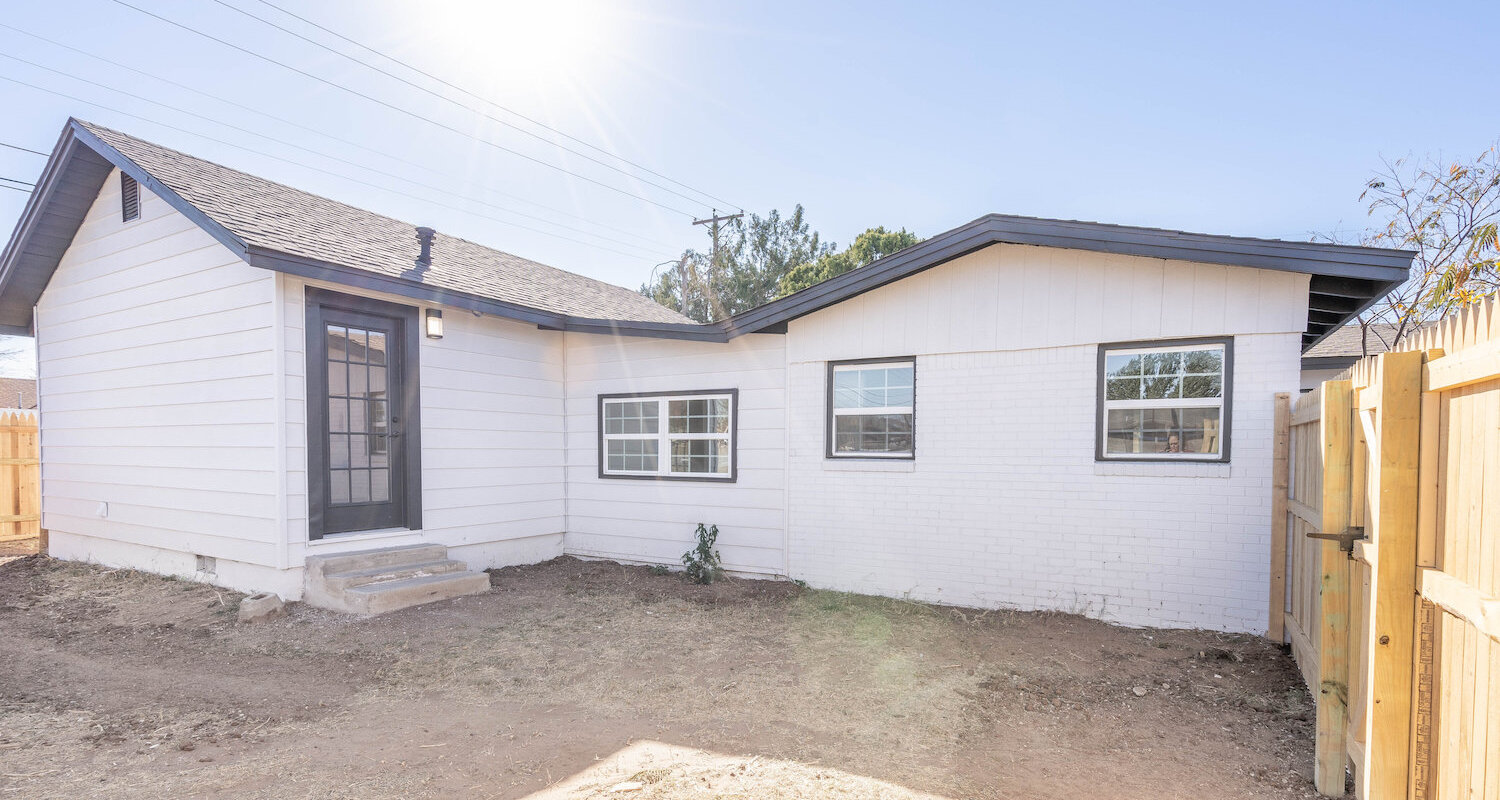Local TX homeowners who are facing a financial challenge may find themselves in foreclosure.
Foreclosure is when the mortgage loan doesn’t get paid back and the bank begins the process to take ownership of the property to recoup its losses.
If you find yourself entering the foreclosure process, you might wonder if there is anything you can do about it.
In this blog post, you’ll read about a few foreclosure prevention measures in Midland that you can take to keep your home from foreclosure.
Foreclosure prevention measures in Midland TX
These foreclosure prevention measures might not all work in your situation but we’re telling you about them so you can make the decision for yourself:
1. Pay off your mortgage / sell your property. The most straightforward and immediate solution to halt the foreclosure process is to settle your mortgage in full. Essentially, banks primarily seek repayment, and fulfilling this obligation would typically enable you to retain your home while satisfying their financial requirements. However, it’s acknowledged that this route might not always be feasible, potentially being a contributing factor to the foreclosure situation you find yourself in.
2. Work out a deal with your bank. At times, it’s possible to negotiate with your bank by consulting with a mortgage or foreclosure expert to discuss modifying your mortgage terms. This could involve restructuring your payments to make them more manageable, such as spreading them out over a longer period to reduce monthly obligations. However, it’s essential to ensure that any arrangement aligns with your financial circumstances and long-term objectives, as the goal is to find a sustainable solution rather than merely deferring the issue.
3. Do a short sale. A short sale involves selling the property and utilizing the sale proceeds to settle or reduce the outstanding balance owed to the bank. Opting for a short sale can help prevent a foreclosure from adversely affecting your credit score, providing a way to manage the situation while also alleviating pressure from the lending institution.
4. Give your deed in lieu. Another alternative is a deed-in-lieu-of-foreclosure arrangement, wherein you voluntarily transfer the property’s deed back to the bank, and in return, they agree to forgo the foreclosure process. This approach is typically viable when the property’s value is roughly equivalent to the outstanding mortgage amount. However, if the property’s value falls short of the mortgage debt, the bank might still seek to recover the remaining balance from you.
5. File for bankruptcy.
In certain aspects, bankruptcy carries broader implications than foreclosure, as it profoundly affects various facets of your life. Nonetheless, initiating a bankruptcy filing temporarily halts the foreclosure proceedings, making it a foreclosure prevention strategy in essence.
If you’re grappling with the decision, weigh the following:
– If you possess the means to make payments and have a desire to retain the property, pursuing a foreclosure workout arrangement (option #2) likely aligns best with your objectives.
– Conversely, if your aim is to achieve a clean slate and transition forward, you might contemplate selling your home and using the proceeds to settle your mortgage debt.

